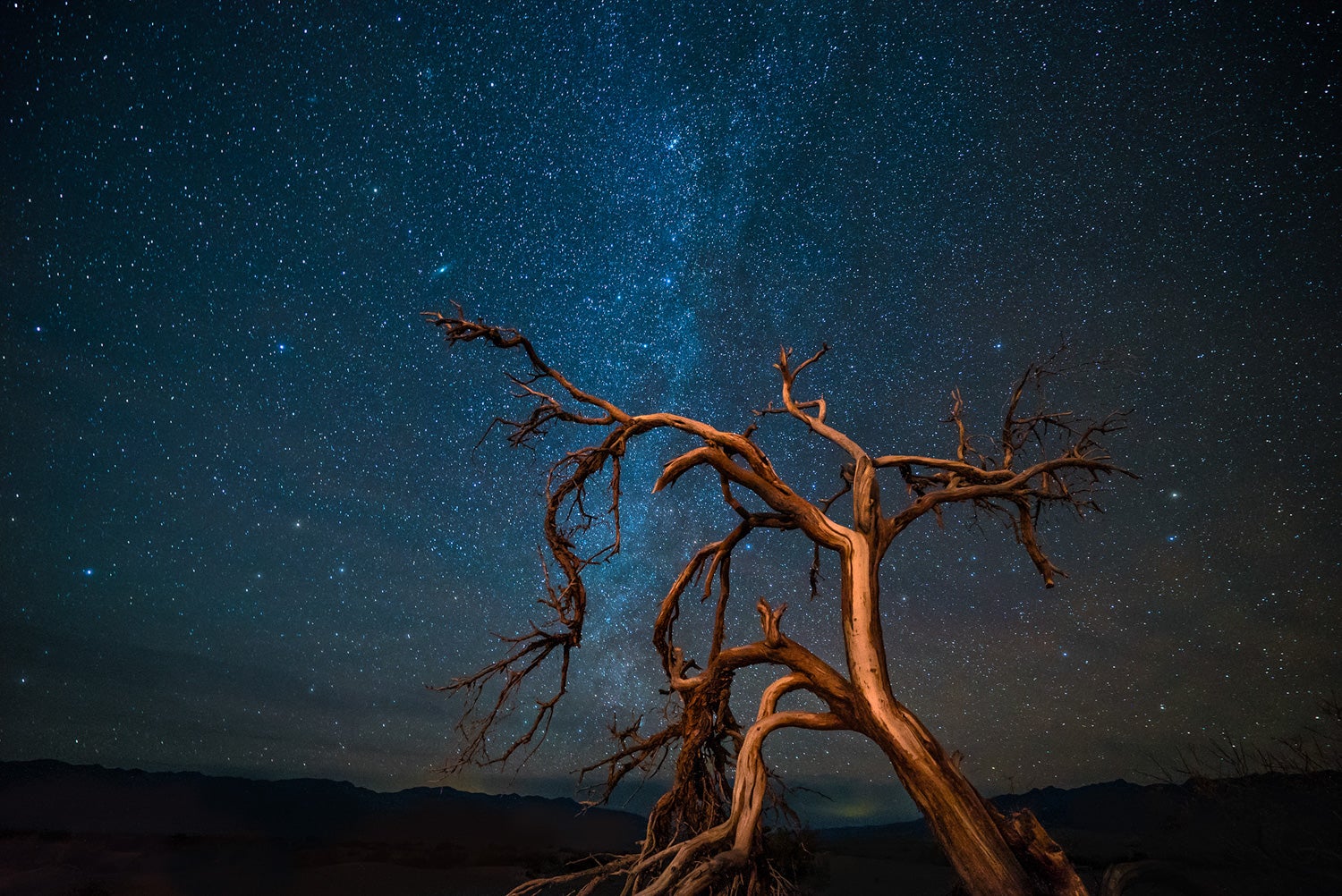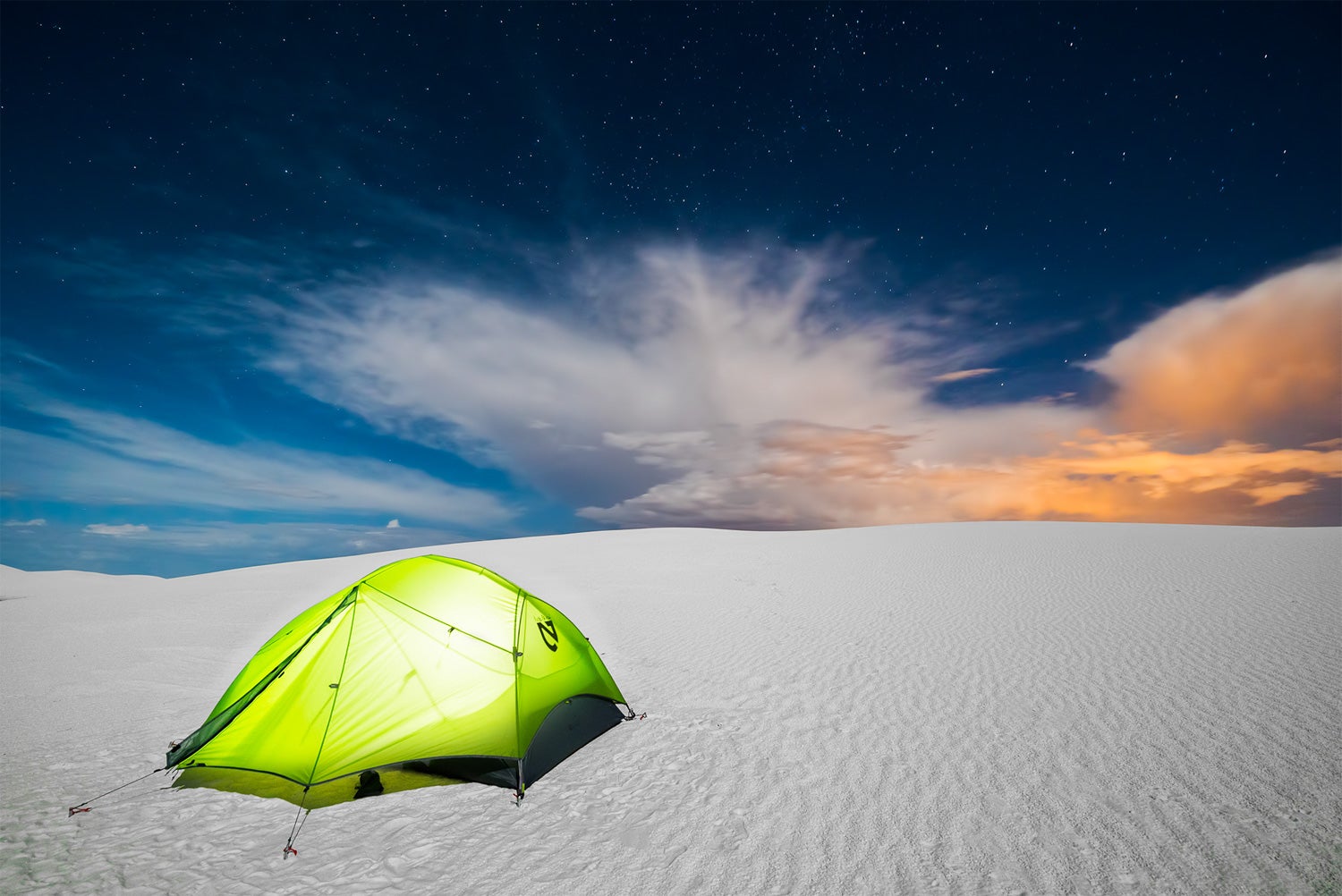As a landscape photographer living in Dallas, Texas, I usually have to travel to continue creating images for my portfolio and business. Over the years I have become somewhat of a minimalist when it comes to the gear I take on these trips and currently the only lenses I ever have with me are Sony’s Sony Vario-Tessar T* FE 16-35mm f/4 ZA OSS, Sony FE 70-200mm f/4.0 G OSS, Sony Sonnar T* FE 55mm f/1.8 ZA and Sony FE 90mm f/2.8 Macro G OSS. Of these lenses, the 16-35 is the one I use probably 90-95% of the time. It's my workhorse and I love it more than any other lens I’ve owned.
Inevitably, people always want to know if having a max aperture of f/4 is an issue. For me, it isn’t at all. First, one of the big reasons I switched to Sony in the first place was because of how light the gear is. The weight savings from gear, paired with the fact that I no longer carry much gear as it is, means that my backpack is incredibly light now. An f/2.8 lens is always going to be heavier because they require a lot more glass inside the lens. I’m happy to give up an aperture that I’d probably only use 5% of the time in order to avoid carrying the extra weight 100% of the time.
The next thing people want to know is whether or not I can capture the Milky Way and the night sky at f/4. Well, yes! Here are a few examples...

Balanced Rock | Arched National Park Sony α7S, Sony Vario-Tessar T* FE 16-35mm f/4 ZA OSS. ISO 4000, f/4, 30-secs.

Mono Lake, Eastern Sierra, California. Sony α7S, Sony Vario-Tessar T* FE 16-35mm f/4 ZA OSS. ISO 4000, f/4, 25-secs.

Delicate Arch, Arches National Park, Utah. Sony α7S, Sony Vario-Tessar T* FE 16-35mm f/4 ZA OSS. ISO 4000, f/4, 30-secs.

Mesquite Flat Sand Dunes, Death Valley National Park, California. Sony α7S, Sony Vario-Tessar T* FE 16-35mm f/4 ZA OSS. ISO 5000, f/4, 30-secs.
Another benefit of shooting at f/4 is that I get just a bit more depth of field with my night sky shots as well. Shooting at f/2.8 or even f/1.8 is great and all, but the depth of field at those apertures is next to nothing so you usually either have to focus on the foreground or the stars but not both (unless you want to do a composite later). At f/4 I’ve been able to capture both in focus on many occasions; of course this depends on the situation and how far the foreground subject is from the camera.
The primary reason I love this lens is that it’s so versatile. I use it all the time and only switch it with another lens when the situation demands it. I love the challenge of shooting super-wide landscape scenes and trying to maintain an uncluttered composition with a clear subject. In closing, here are some more of my favorite images I’ve shot with this incredible lens…

Supercell in Oklahoma. Sony α7, Sony Vario-Tessar T* FE 16-35mm f/4 ZA OSS. ISO 320, f/10, 1/80-sec.

Athabasca Glacier, Jasper National Park, Alberta, Canada. Sony α7R II, Sony Vario-Tessar T* FE 16-35mm f/4 ZA OSS. ISO 100, f/9, 1/60-sec.

Camping at White Sands National Monument, New Mexico. Sony α7S, Sony Vario-Tessar T* FE 16-35mm f/4 ZA OSS. ISO 1250, f/6.3, 30-secs.

Nubble Lighthouse, Cape Neddick, Maine. Sony α7, Sony Vario-Tessar T* FE 16-35mm f/4 ZA OSS. ISO 50, f/16, 0.4-secs.

Storms brewing over Yosemite, California Sony α7, Sony Vario-Tessar T* FE 16-35mm f/4 ZA OSS. ISO 100, f/10, 1/125-sec.



